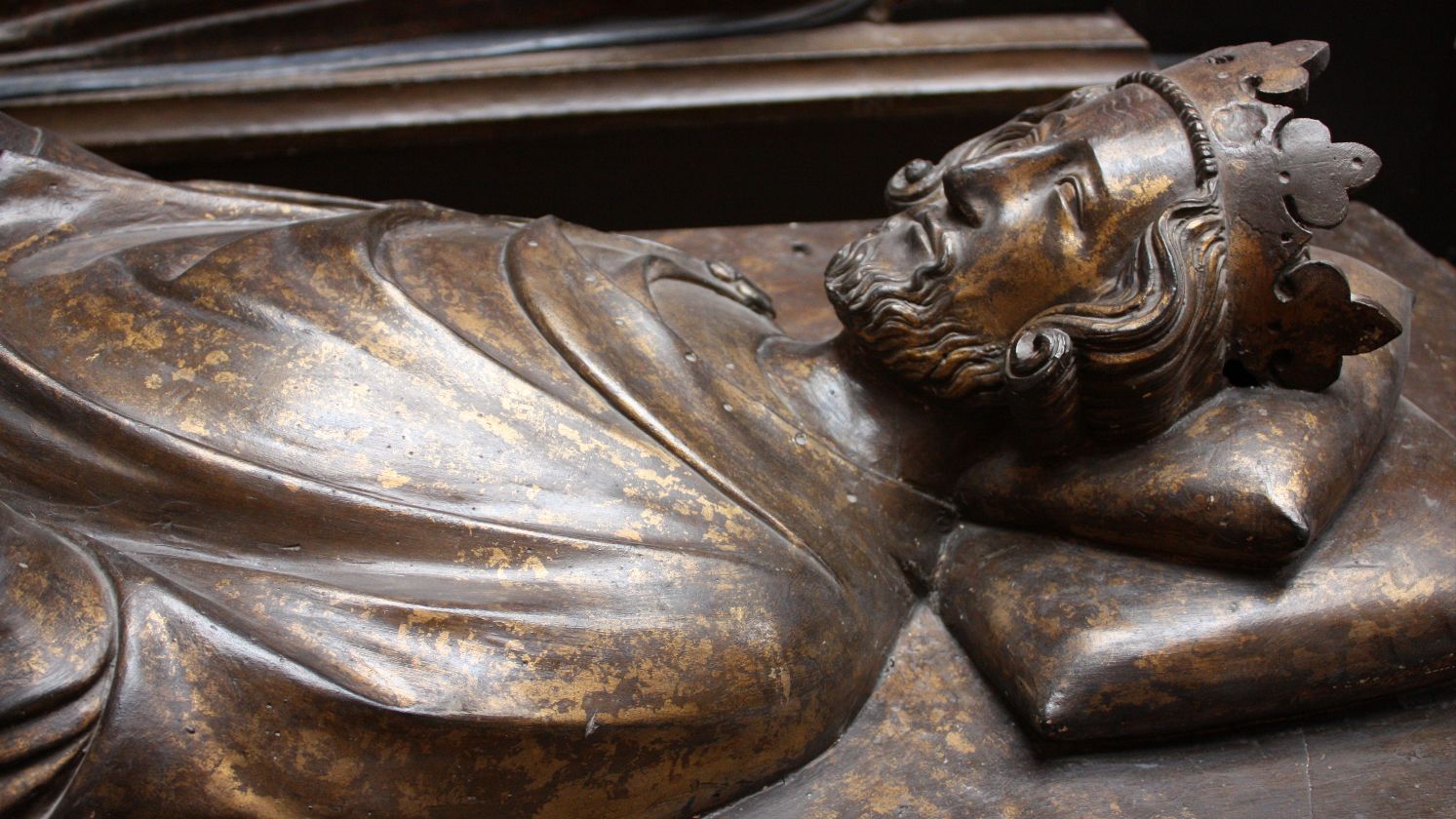The Veterans Of World History
Some nations have been around for thousands of years, quietly shaping how the world works today. They’ve handled invaders, invented systems we still use, and somehow kept their identity through it all. Staying power doesn’t come easy, but these countries have weathered the storm and persevered through it all. So, let’s look at 20 countries that have truly stood the test of time—and still manage to keep things interesting.
1. Iran
Persian culture has shaped art, science, and philosophy across the Middle East and Central Asia, tracing its roots to one of the world’s oldest civilizations. Originating with the Elamites around 3200 BCE, Iran’s story—from ancient Persia to the 1979 Islamic Republic—reflects enduring traditions sustained through countless dynasties.
2. Egypt
When it comes to ancient civilization’s greatest milestones, Egypt stands at the forefront. The unification under King Menes in 3100 BCE ignited the First Dynasty, ushering in innovations such as one of humanity’s earliest writing systems and the pyramids.
3. Vietnam
Vietnam’s origins trace back to the Hong Bang Dynasty in 2879 BCE, a tale yet to be fully confirmed by archaeology. Despite a millennium under Chinese governance, Vietnam preserved its identity, reclaiming independence in the 10th century CE.
4. Armenia
Cradled between Europe and Asia, Armenia’s story is one of resilience and faith. Its heritage reaches back to the ancient kingdom of Urartu in 860 BCE, surviving waves of conquest. Plus, in a defining moment of sovereignty, Armenia became the first nation to consider Christianity as its official religion in 301 CE.
5. China
The story of China is written in its characters—modern script that still echoes the oracle bone inscriptions of the Shang Dynasty around 1600 BCE. This linguistic legacy, tracing back to the Xia Dynasty circa 2070 BCE, has survived Mongol and Manchu conquests, unbroken through millennia of transformation.
 CEphoto, Uwe Aranas on Wikimedia
CEphoto, Uwe Aranas on Wikimedia
6. India
India stands among the world’s earliest cradles of civilization, its cultural roots entwined with millennia of kingdoms and empires. The nation’s living heritage traces to the Vedic Period around 1500 BCE, built upon even older urban achievements of the Indus Valley Civilization that flourished around 3300 BCE.
7. Georgia
Georgia’s unique alphabet, unrelated to any major language family, reflects a cultural identity found nowhere else. Plus, its history stretches from the unified monarchy of 1008 CE to the early kingdoms of Kartli and Colchis, bridging Europe and Asia.
8. Ethiopia
This nation stands apart on the African continent, preserving an unbroken lineage of civilization that began with the Kingdom of D’mt around 980 BCE. Through the Aksumite Empire and Abyssinian rule, this continuity fortified its sovereignty, allowing Ethiopia to resist European colonization and remain proudly independent.
9. Greece
Ancient Greece pioneered a cascade of revolutionary firsts that would shape Western civilization. Beginning as separate city-states around 800 BCE, this classical society established democracy's foundations, advanced philosophical inquiry to new heights, and even inaugurated the Olympic Games.
 Constantinos Kollias on Unsplash
Constantinos Kollias on Unsplash
10. Japan
Archaeological discoveries from the Jomon period uncover the roots of Japan’s cultural legacy, shaped by centuries of Buddhist influence yet grounded in ancient Shinto traditions. This continuity extends to the imperial line, traditionally founded in 660 BCE.
 Taken with Canon IXY 10S on Wikimedia
Taken with Canon IXY 10S on Wikimedia
11. San Marino
Though confined within one of the world's smallest territorial footprints, San Marino's historical reach stretches monumentally through time as Earth's oldest continuous republic. Since 301 CE, this micro-nation has defied its diminutive size, maintaining sovereignty for over 1,700 years.
12. France
France’s global imprint on art, cuisine, and fashion reveals a cultural force that has long shaped the modern world. Its legacy traces back to the 5th-century Frankish Kingdom, formally defined by the Treaty of Verdun in 843, a pivotal moment that helped forge Western European civilization.
13. Bulgaria
When you discover that the Cyrillic alphabet originated in Bulgaria, it's just the tip of this nation's cultural iceberg. Established in 681 CE and remarkably keeping its original name since then, Bulgaria stands among Europe's oldest countries, with archaeological treasures spanning back to the fifth millennium BC's Thracian civilization.
14. Nepal
Cradled in the Himalayas, Nepal’s distinctive triangular flag reflects a nation unlike any other, rooted in the Kirati rule of the 7th century BCE. Through the Lichhavi era and Buddhist heritage centered on Lumbini, Buddha’s birthplace, Nepal’s legacy continues to inspire.
15. Portugal
While most modern nations redraw their maps every few generations, Portugal has kept essentially the same borders since the 1200s. Even more remarkably, this kingdom dates back to 1139 CE, as Europe's oldest nation-state with defined borders.
16. Mongolia
Vast grasslands define Mongolia, molding its way of life and history alike. The circular ger, unchanged for millennia, still graces the open steppes that once hosted powerful nomadic empires. From the Xiongnu in 200 BCE to Genghis Khan’s unification of the Mongol tribes, this land has shaped traditions and conquests.
 Alexander Popovkin on Unsplash
Alexander Popovkin on Unsplash
17. Thailand
Modern Thailand, where millions joyfully drench each other during Songkran's water festivals, presents an intriguing riddle. Its fierce independence, uniquely escaping European colonization in Southeast Asia, traces back through its 1939 evolution from Siam to its foundational Sukhothai Kingdom roots in the 13th century.
 Vyacheslav Argenberg on Wikimedia
Vyacheslav Argenberg on Wikimedia
18. Andorra
In medieval Europe's turbulent borderlands, Andorra found an ingenious path to stability through its 1278 feudal charter, establishing shared rule between France's President and the Bishop of Urgell. This diplomatic masterstroke created a lasting co-principality that still thrives today.
19. Switzerland
Three Alpine communities, bound by shared purpose, forged Switzerland's genesis through their 1291 CE defensive alliance. Over time, it evolved into a singular confederation that stands among Europe's oldest continuous states, ultimately embracing a steadfast neutrality that has endured since the sixteenth century.
 Original: Chensiyuan Derivative work: Aristeas on Wikimedia
Original: Chensiyuan Derivative work: Aristeas on Wikimedia
20. Spain
Spain’s long journey unfolds through various eras, beginning with Phoenician settlements after 800 BCE and culminating in unification centuries later. The 1469 marriage of Ferdinand II and Isabella I set in motion the 1479 merger of Castile and Aragon, achieving full territorial unity by 1492.
KEEP ON READING

Whisky Wars & Spy Cats: The 20 Funniest Historical Events
How Silly Is Humanity?. History is full of deep lessons,…
By Emilie Richardson-Dupuis Oct 16, 2025
20 Of Our Favorite Space Theories Before Modern Science
For A Time, We Were The Centre Of The Universe.…
By Breanna Schnurr Oct 15, 2025
20 Surprising Patterns in the Fall of Nations
Why History’s Collapses Sound Strangely Familiar. There are always signs…
By Cameron Dick Oct 15, 2025
20 Greatest Guitar Solos In History
Who’s Your Guitar Hero?. Whether it's shredding guitar or a…
By Farva Ivkovic Oct 15, 2025
20 Historical Arranged Marriages That Turned Into Timeless Love Stories
Not Every Love Story Starts With a Meet Cute. Arranged…
By Rob Shapiro Oct 15, 2025
20 Facts About The Plantagenets, History's Messiest Dynasty
All In The Family. If you thought your family had…
By Ashley Bast Oct 15, 2025















